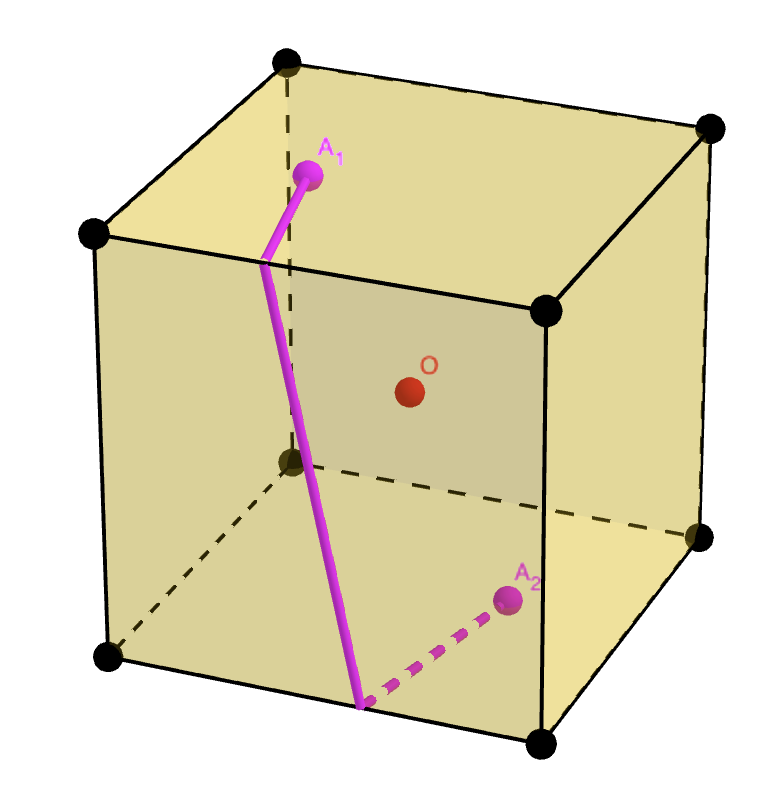Some math riddles tend to be spoiled for mathematicians before they get a chance to solve them. Three examples:
What is $1+2+\cdots+100$?
Is it possible to tile a mutilated chess board with dominoes?
Given a line $\ell$ in the plane and two points $p$ and $q$ on the same side of $\ell$, what is the shortest path from $p$ to $\ell$ to $q$?
I would like to give my children the opportunity to solve these riddles before the spoilers inevitably arrive.
Question: What are other examples of kid-friendly math riddles that are frequently spoiled for mathematicians?
Notes:
There is no shortage of kid-friendly math riddles. I am specifically asking for riddles that are frequently spoiled for mathematicians because they capture a bigger idea that is useful in math, especially research-level math. As such, the types of riddles I am asking for are most readily supplied by research mathematicians.
In case it is not clear whether MO is an appropriate forum for this question, see the following noteworthy precedent: Mathematical games interesting to both you and a 5+-year-old child

